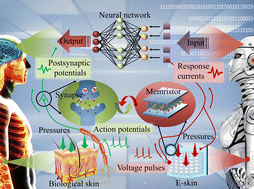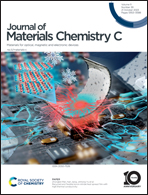Perovskite material-based memristors for applications in information processing and artificial intelligence
Abstract
The emergence of memristive devices has played a significant role in promoting the development of electronics in the post-Moore era, especially in the fields of information storage, artificial synapses, and neuromorphic computing. Developing new functional materials is an effective way to prepare memristors with high reliability and stability. Perovskite-type materials have become promising candidates for preparing memristive devices due to their distinctive physical and chemical properties, such as electron spin, magnetoelectric coupling, controllable crystal structure, and stoichiometry. The performance of perovskite oxide-based memristors can be ameliorated effectively by changing the defect concentration, and optimizing the device structure and doping ions. In this work, we systematically review the preparation technologies and research progress of perovskite-based memristors. We focus mainly on the characteristics of perovskite-based materials, device preparation, performance-controlling methods, the resistance-switching mechanisms of devices, and the typical applications of perovskite-based memristors in the field of artificial intelligence. Finally, we briefly discuss the shortcomings of perovskite memristors and the corresponding methods to improve the performance of devices. Therefore, this review will be a useful reference for researchers in the field of memristors.

- This article is part of the themed collections: Journal of Materials Chemistry C Recent Review Articles and 2023 Journal of Materials Chemistry C HOT Papers


 Please wait while we load your content...
Please wait while we load your content...